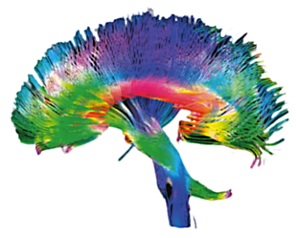Autism and the Brain-Body Connection
Dr. Shane Walker has been taking care of children and adults with Autism and other neuro-developmental disorders for the past 12 years. It has been established through research that people on the Autism Spectrum have delicate nervous systems. Therefore, any stress or interference that can be removed from their nervous system can drastically improve their ability to function within their environment. Our goal when taking care of an individual with Autism is to optimize their ability to adapt so they can begin to function more optimally. The most common areas of improvement seen during care are increased verbal expression, decreased irritability, reduction of repetitive behaviors and a general increased in quality of life.
With new technology we are learning more and more about how the brain works. To be able to perceive and respond to our environment, we must be able to receive and process information properly. Some of the most important signals traveling to the brain is called proprioceptive information. Proprioception comes from the Latin proprius, meaning “one’s own”, “individual” and perception. It is the process by which tiny nerve endings known as proprioceptors relay information from our body to our brain. If the information received by the proprioceptive system and other neurological components are interfered with in any way as it travels to the brain, our ability to respond to that information will be affected.
This is where the common neurological condition vertebral subluxation comes into the picture. A vertebral subluxation is a misaligned vertebra affecting the function of the delicate spinal cord and nerves. This misalignment alters the information being delivered to the brain and as a result, the individual’s quality of life is compromised.
Two studies, one featured in the February 2007 issue of Clinical Neurophysiology and the other in March 2010 issue of the Chiropractic Journal of Australia, explore how vertebral subluxation impacts sensory processing. Another study featured in the March 2006 issue of Clinical Chiropractic, delivered a series of chiropractic adjustments to 26 autistic children over a 9-month period. Improvement was seen with reflexes, sensation, spinal motion, verbal expression and improvement of other health problems.
If you would like to schedule a consultation for a family member with Autism or have a pre-consultation with Dr. Walker by phone, please contact the office at (239)-325-8226.
